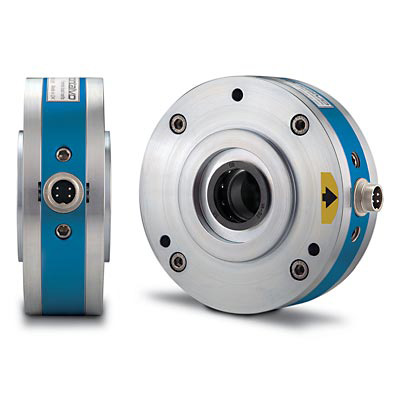Downloads, FAQ’s and more.

U.S.: 1-800-226-8710
Germany: +49 (0)511-760 691 41

Downloads, FAQ’s and more.
Check out our in-depth article comparing semiconductor strain gauges to foil gauges for a detailed explanation of the benefits a semiconductor gauge provides.
20-30 degrees is recommended but smaller wraps are possible depending on the application.
Intrinsically safe barrier blocks are needed.
Yes
Yes
No
10 VDC is the recommended excitation voltage
Typically as low as .5% of the load rating.
Typically as high as 110% of the load rating
This depends on the range of the torque device used to control the tension.
For a full list of available sizes and load ratings please visit the F Series product page
Depends on available inventory at time of order.
Use a digital Ohm meter.
Reverse the wires going to the excitation voltage
Reverse the wires going to the excitation voltage
We advise that you Contact Us to go over the details of how to rewire your connector to 4 pin from 6 pin to ensure proper connections.